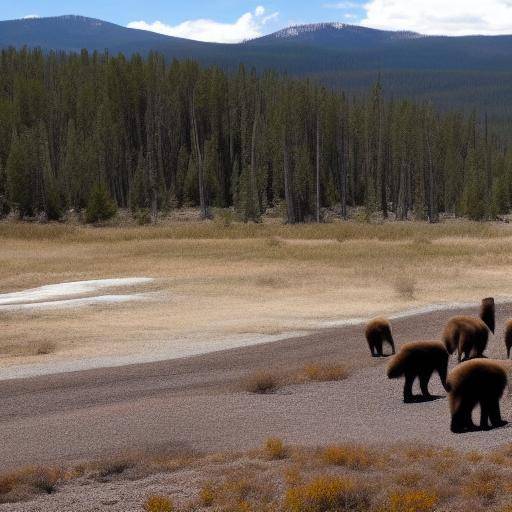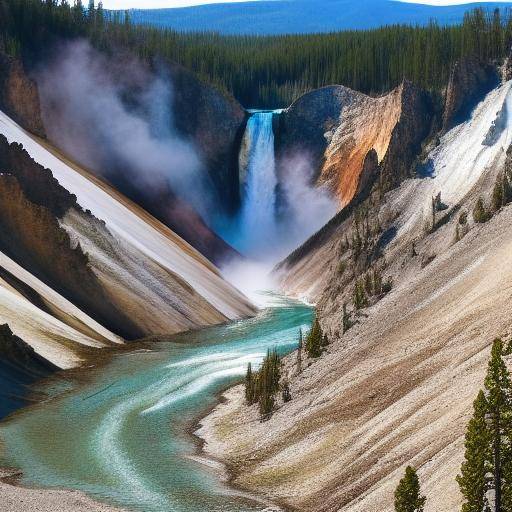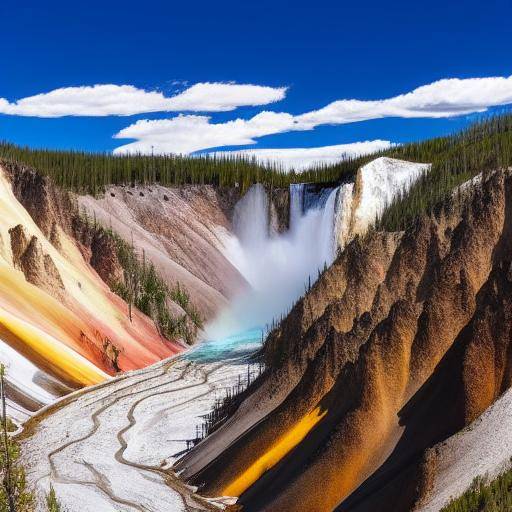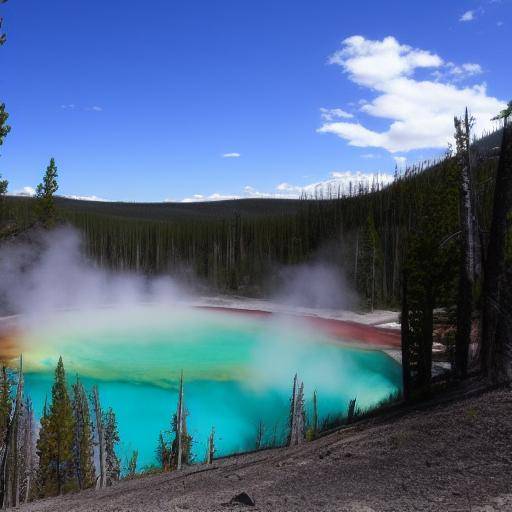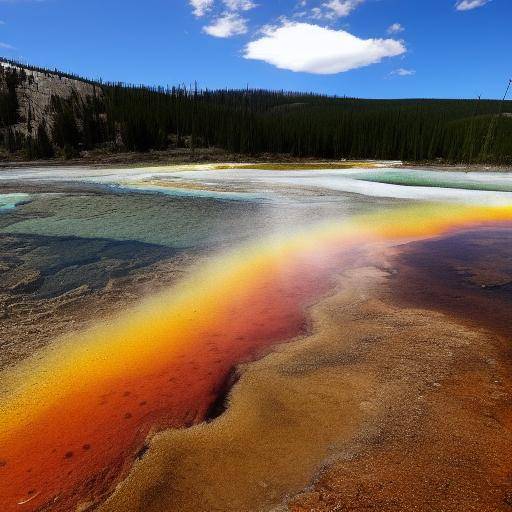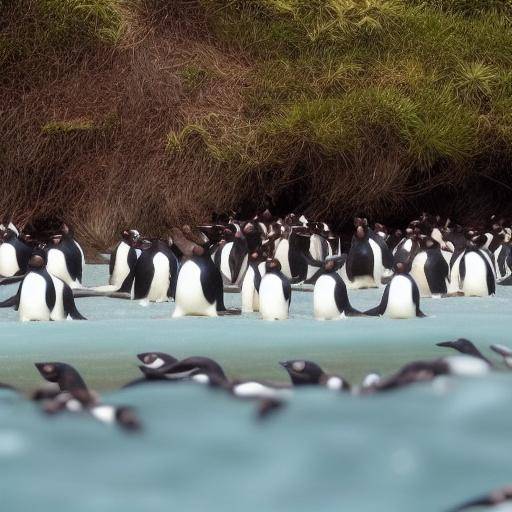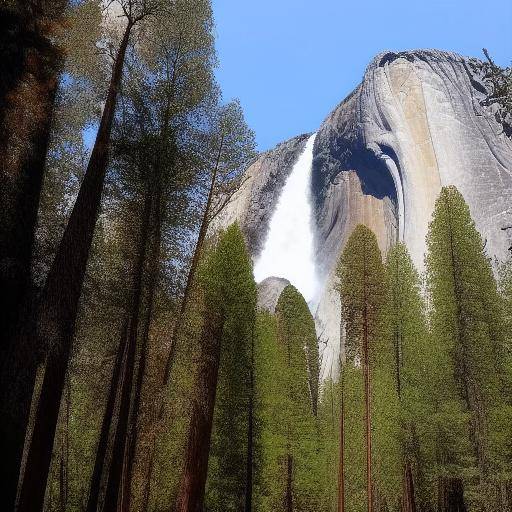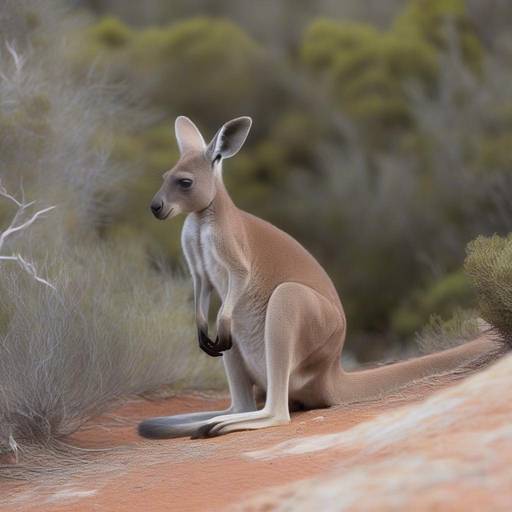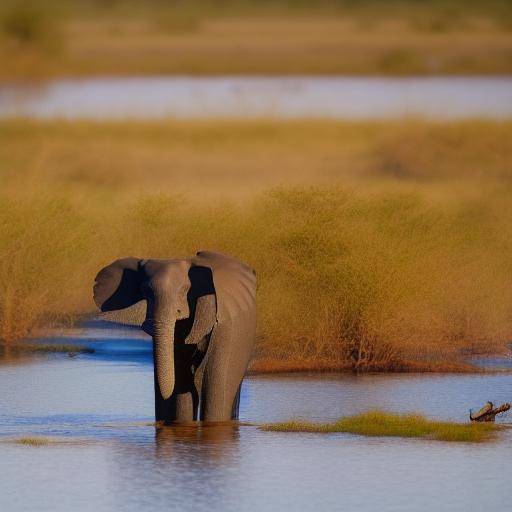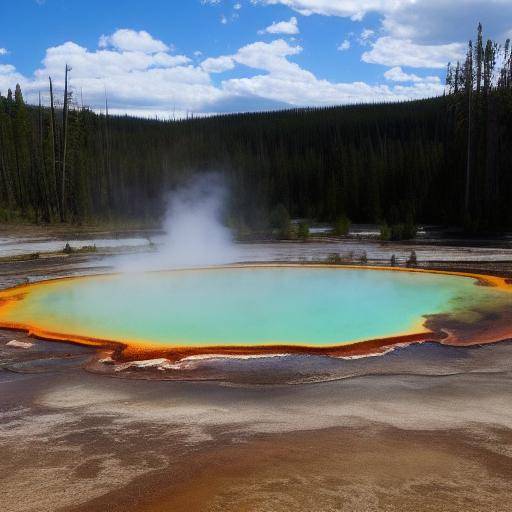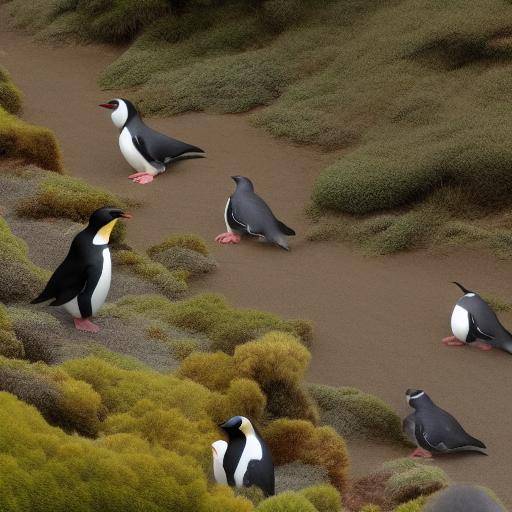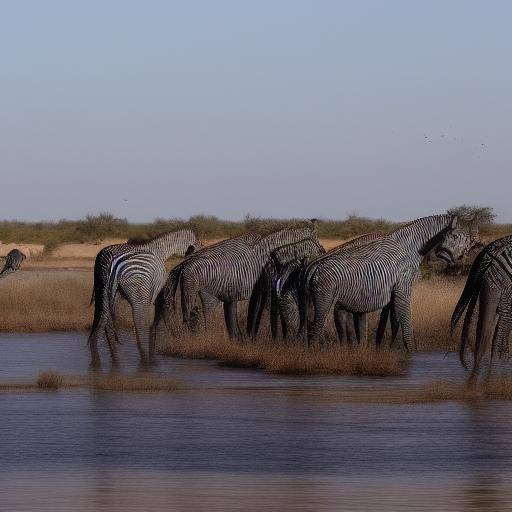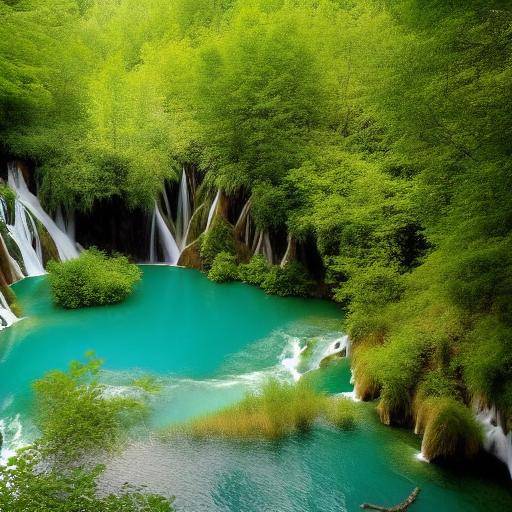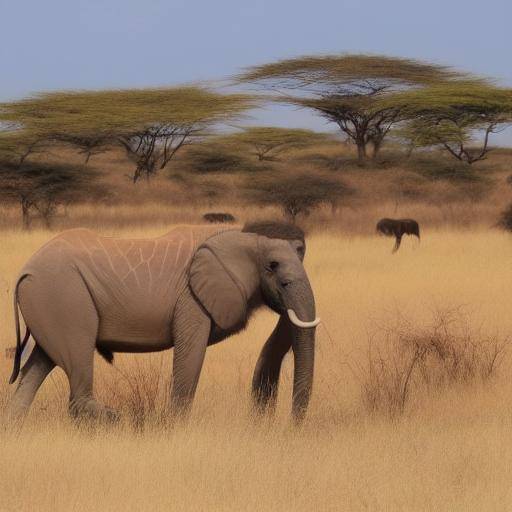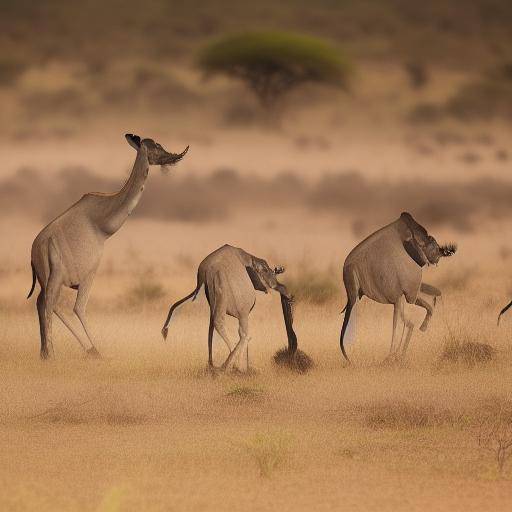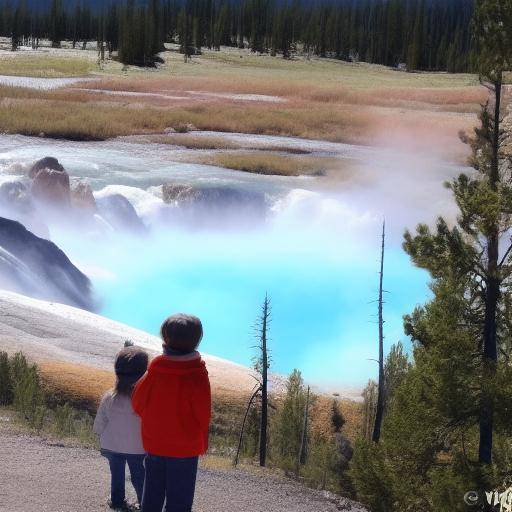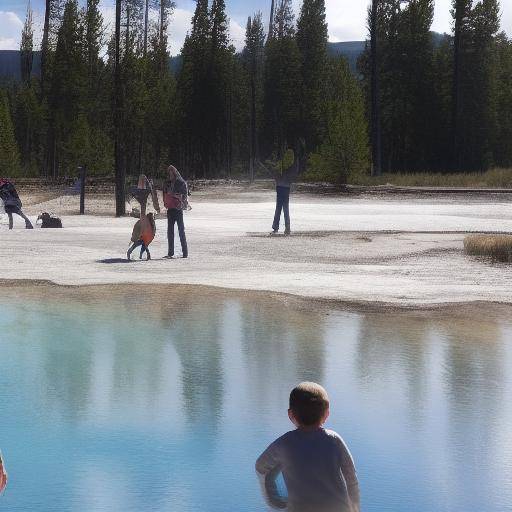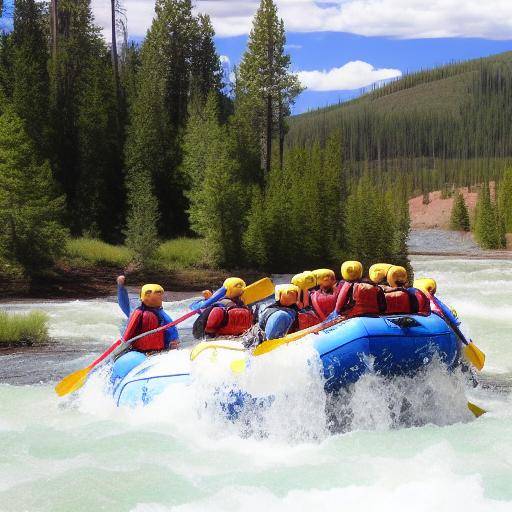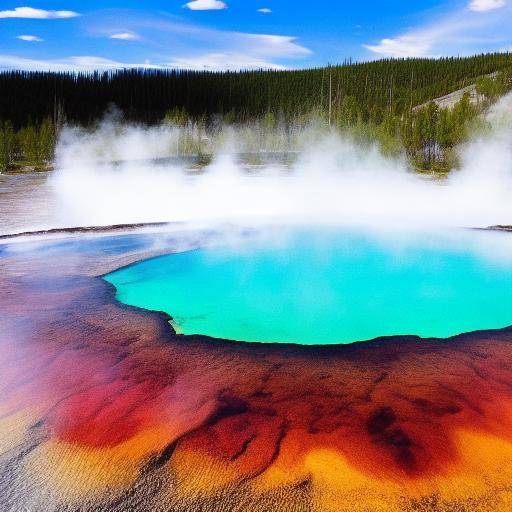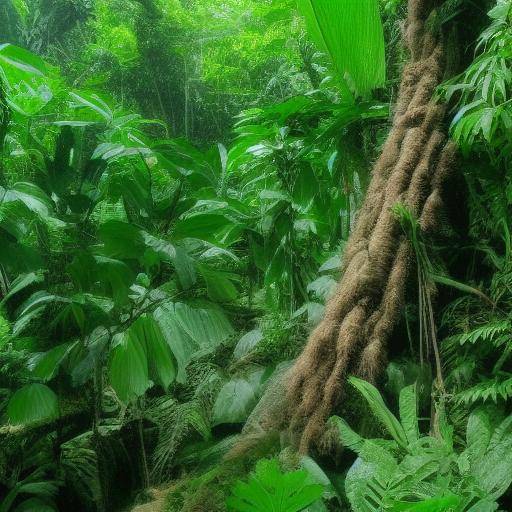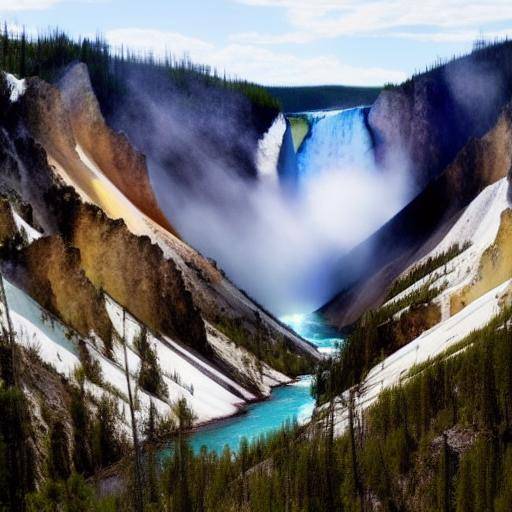
Welcome to the Yellowstone National Park, a natural treasure that houses a unique biodiversity in the world! In this article, we will explore the wealth of wildlife that lives in this magnificent park, as well as its ecological importance and relevance in the context of national parks. From the majestic bison to the captivating grizzly bears, we will discover the diversity of species that make Yellowstone an indispensable destination for nature and wildlife lovers. Join us on this fascinating journey through wildlife in Yellowstone.
History and Background
The Yellowstone National Park, established in 1872, is the oldest park in the United States and a crown jewel in the national park system. Their rich history dates back to ancient times, when the Native American tribes considered these sacred lands. The designation of Yellowstone as a national park marked a historic milestone in nature conservation and laid the foundations for the protection of natural areas around the world.
Diversity of Species
Yellowstone is home to an amazing variety of animal species. Its unique ecosystem supports emblematic mammals such as the American bison, elk, grey wolf, puma and the iconic grizzly bear. In addition, more than 300 species of birds, including the bald eagle and the red head vulture, find shelter in the Yellowstone skies. The rivers and lakes of the park host a diversity of fish, such as short trout and wolf fish. However, it is the grey wolf, reintroduced in 1995, which stands out as a symbol of success in the conservation of endangered species in Yellowstone.
Ecological value
The Yellowstone Park plays a crucial role in biodiversity conservation and ecosystem maintenance. The presence of top predators as bears and wolves contributes to regulating populations of prey, ensuring a natural balance that benefits both fauna and flora. In addition, Yellowstone serves as a living laboratory for scientists, providing valuable insights on the interaction between species, the effects of climate change and the importance of wildlife conservation.
Importance of National Parks
National parks, as a whole, are pillars of environmental conservation and sustainable tourism engines. Yellowstone, as a paradigm of these protected spaces, attracts millions of visitors every year, raising awareness of the importance of preserving nature and promoting environmental education. In addition, these parks offer unique opportunities for outdoor recreation, ecotourism and wildlife observation, fostering a deep link between people and nature.
Environmental Challenges and Care
Despite its sacred nature, national parks face significant challenges, such as the pressure of urban development, climate change and the preservation of biodiversity. Keeping Yellowstone's wildlife involves addressing these threats in a comprehensive manner, developing adaptive management strategies that protect natural habitats, minimizing human impact and fostering sustainable tourism practices.
Final Reflections
Wild life in the Yellowstone National Park is a testimony of the majesty and fragility of nature. Each species that lives in this unique ecosystem plays a vital role in the balance of the landscape and in the richness of wildlife. In exploring the wonders of Yellowstone, we recall the importance of preserving these natural treasures for future generations and for the well-being of our planet.

